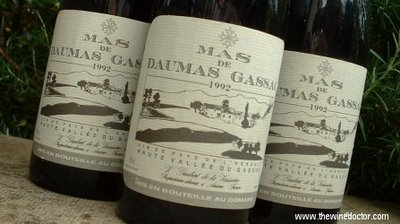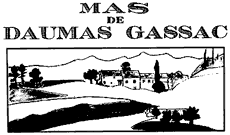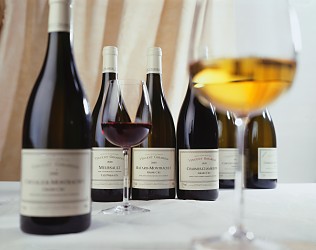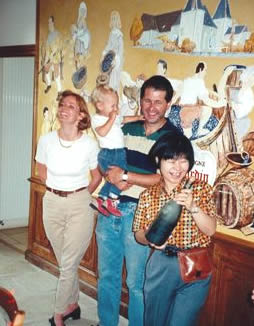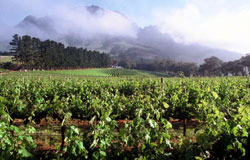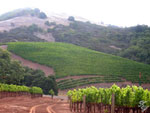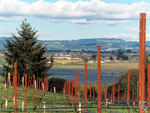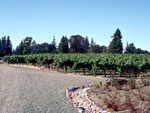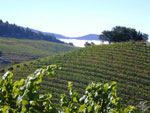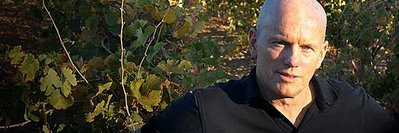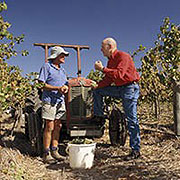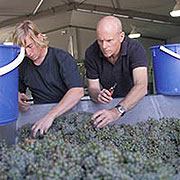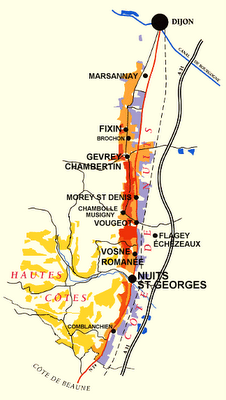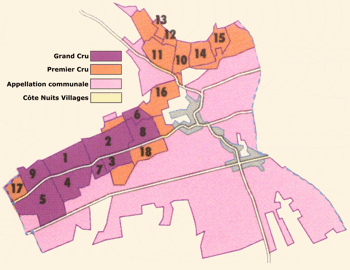Qupe - St. Maria - California
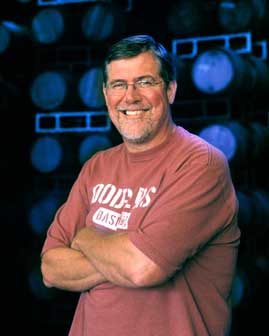 Qupe Wine Cellars - St. Maria - California
Qupe Wine Cellars - St. Maria - California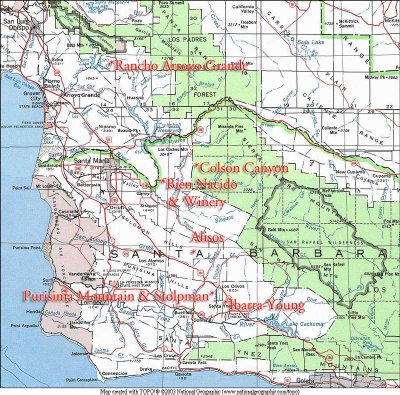
The Los Angeles Dodger’s 1965 World Series win galvanized young Robert Neil Lindquist’s status as a “die-hard fan.” At the same time, the sixties music scene was another electrifying force in his life. Both these passions continue to share a spot in Bob’s life with a third, the wines of Qupé.
In 1975, after working harvest at his first winery job, Bob discovered the potential of Santa Barbara’s winegrowing region at his next job, opening and managing a tasting room in Ventura County. While managing a retail shop in Los Olivos, Bob’s career took what some thought to be a bad hop. He got fired for attending a Kinks concert against the wishes of the shop owner, but fate intervened and he was immediately hired as Zaca Mesa Winery’s first tour guide—a job that included cellar work. There he met winemakers Ken Brown and Jim Clendenen who taught Bob the basics and inspired him to become a winemaker which he did by founding Qupé in 1982.
While continuing his work at Zaca Mesa he bought barrels, grapes and traded his services for the loan of the equipment in the cellar. For his first vintage he produced Syrah, Chardonnay, and a rosé of Pinot Noir. Soon, Bob’s love of the assertive and complex wines of the Rhône Valley led him to focus Qupé on the production of Rhône varietals, particularly Syrah. Chardonnay continues in the portfolio because of Bob’s connection to the wonderful fruit sources in the Bien Nacido Vineyard.
In 1989, Bob joined forces with his mentor and friend, Jim Clendenen, of Au Bon Climat, together building a shared winery in the Bien Nacido Vineyard.
Bob is also involved in Verdad, a winery dedicated to Spanish grape varieties produced by his wife, Louisa.
Bob has three sons and a daughter. He, Louisa, and son Theodore live in San Luis Obispo while they are developing their new vineyard in Edna Valley, which includes a future home site.
2005 MARSANNE “SANTA YNEZ VALLEY”

This wine is 84% Marsanne and 16% Roussanne from the following vineyards: 76% Marsanne from the Ibarra-Young Vineyard in Los Olivos (Santa Ynez Valley), 8% Marsanne from the Rozet Vineyards in Templeton (Paso Robles), 10% Roussanne from the Stolpman Vineyard near Los Olivos, and 6% Roussanne from the Bien Nacido Vineyard (Santa Maria Valley).
Marsanne has finally taken off for us, sales wise, and in 2002, 2003 & 2004 the crop at Ibarra-Young was frustratingly small because of vigor problems and unlucky weather during flowering and set. I started looking around for alternative sources to buy a little extra Marsanne, but there just isn’t a lot planted in the Central Coast… and those who have it now want it! In ’05 I was able to source a little bit of fruit through Mat Garretson from the wonderful Rozet Vineyard in the Templeton Gap area of Paso Robles. I also added 4 barrels of Roussanne from our Hillside Estate block at Bien Nacido. These extra components gave us one of our best and most complex Marsanne to date.
All of the lots were harvested, fermented and aged separately. Production techniques were basically the same for all lots – whole cluster pressed; chilled and settled for 24-48 hours; barrel fermented in older French oak barrels (the Bien Nacido Roussanne was in one year old barrels); allowed to go through malo. The lots were aged on the lees for 5 months before blending and bottling. 1352 cases of 750 ml and 200 cases of 375 ml were bottled in March 2006.
This vintage certainly stands up with our best vintages of Marsanne, like 1991, 1994, 1999, and 2001. It’s a tad bigger and richer than those wines with the inclusion of the Rozet and Bien Nacido fruit, without giving up the basic character of the core component from Ibarra-Young. The wine shows that “wet stone” minerality with hints of peach pit, orange rind and almonds. In the mouth, the wine has significant weight but is balanced by the acidity and relatively low alcohol (13.2%).
2005 BIEN NACIDO CUVÉE

This wine is 50% and 50% Viognier. The chardonnay comes from our first pick at Bien Nacido – Y Block. Most of the viognier is from Bien Nacido, with a small percentage of viognier coming from the Vogelzang vineyard in Santa Ynez. We pick the viognier ultra-ripe (around 26° brix), which on its own would be too heavy and cloying. At that ripeness however, the viognier aromatics are amazing. We blend it with chardonnay that was picked, in the case, at 22° brix, which reigns in the alcohol (13.8% here) and gives the wine structure and acidity.The various lots were harvested, fermented and aged separately. The grapes were whole cluster pressed, the juice chilled and settled overnight, fermented and aged in neutral French oak barrels for 5 month and allowed to go through malo. 2734 cases were bottled in March 2006.This wine is pure pleasure. I don’t think of it in terms of this vintage being better than that vintage, and I don’t age it. Sure, I keep some in the library for fun – but the point of this wine is freshness and youthful exuberance. It you buy a few bottles, put them right in the refrigerator – they will disappear quickly! If you buy a case, drink it up before next spring when we release the next vintage.
We only have 1.25 acres of viognier at Ibarra-Young, which normally give us about 300 cases. Last year, in ’04, we only had 190 cases, but this year, in the abundant ’05 vintage, we have a whopping 350 cases (topped only by the 1997 vintage). Quality in 2005 was superb.
We harvested on September 16 at 24.0° sugar with great acidity. The grapes were whole cluster pressed, the juice chilled overnight, then racked into 3 year old François Frères Burgundy barrels. 3 year old barrels are pretty much neutral, but still real fresh. The wine was barrel fermented and allowed to go through malo. It was bottled with all it’s freshness in January 2006. Often, when I show people this wine they assume it was done in stainless steel because of its freshness, verve and acidity. They assume that I blocked the malo as well. The key here is the site for this varietal, relatively cool climate, and picking at a reasonably low sugar level while the pH is still low and the acid high. Viognier grapes are wonderfully aromatic in the vineyard and many winemakers are seduced by those aromatics and pick too ripe – resulting in high alcohol, flat tasting wines. I like those aromatics too, but I prefer balance, acidity, alcohols under 14% (the ’05 is 13.8%) and the minerality that accompanies this style.
This is not a wine to age – although it can. I recently pulled out a 1994 for Yves Cuilleron and François Villard and they were impressed. I like viognier when it’s young and fresh… drink this before the 2006 comes along.
2004 ROUSSANNE “BIEN NACIDO HILLSIDE ESTATE”
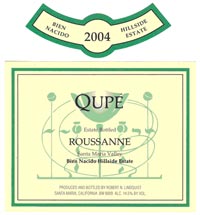
This wine is 100% Roussanne grown on a west facing hillside at Bien Nacido Vineyard. This 5 acre block of Roussanne was planted exclusively for Qupé and exclusively to the Tablas Creek clone. It is a special varietal, grown in one of our best terroirs and makes out most important white wine. The Santa Maria Valley is a cool growing area for Roussanne, it ripens late in the season with naturally high acidity. 2004 was a warm and whacky vintage but the Roussanne came in late enough that it wasn’t influence by and early September heat wave.The grapes were harvested on October 15 (about 10 days earlier than normal) at 24.6° brix, 3.28 pH and 7.4 acidity. The acidity was slightly lower than normal but still nicely balanced. We whole cluster pressed, chilled overnight then went straight to barrel. Once used François Frères Burgundy barrels were used exclusively for fermentation and aging. The wine went through a lengthy malolactic fermentation in barrel as well. It was aged on the lees for 12 months, racked, fined, and cold stabilized, then returned to barrel for 4 more months. 550 cases were bottled, without filtration, in March 2006.This is a rich, aromatic wine of great depth and complexity. The aroma shows a citrus-y orange peel character, along with mineral, flowers, and tropical fruit custard. Substantial in the mouth with mouthwatering freshness. Drink this over the next two years, then put some in the cellar and wait until it’s 10 years old, it will be worth it!
2005 was an outstanding vintage in every way. A long cool growing season followed by perfect ripening weather in the Fall. We started picking “Y” Block on September 16 (2 to 2½ weeks late than the warm 2004 and 2003 vintages) at 22.0° brix, 3.27 pH and 8.6 acidity. Most of this first pick went into our Bien Nacido Cuvee – Chardonnay/ Viognier blend. We picked again on: September 26 at 22.5°, 3.29 and 8.2; October 6 at 24.6°, 3.26 and 7.5; and finished on October 17 at 25.5°, 3.43 and 6.9.
I ran off all of those number to illustrate what an ideal vintage 2005 was… we harvested the grapes over a month’s time… we got plenty of juice in early, with lower alcohol and great acidity to balance the later, riper lots that give the wine its lush body and aromatics.
The grapes were whole cluster pressed, the juice chilled overnight, then transferred to barrels for fermentation. We generally only use French oak for chardonnay (for that matter our other wines too), but in 2005 we ran short of barrels and had to scramble to buy more barrels. For this wine we used about 25% new François Frères French oak, 6% Canton Cooperage Polish oak and 4% François Frères Hungarian oak barrels. The result is a bit more new oak than we usually use.
The wine went through malo in the barrel and was aged on the lees for 9 months. 4,800 cases were bottled in June 2006.
This is a beautifully balanced chardonnay – I like to call it “chardonnay you can drink.” The aromas are classic Bien Nacido with hints of citrus, pear, guava and cream, nicely balanced by the toasty oak. The flavors exhibit some minerality and, again, great balance. Drink this over the next 2-3 years, or, with good cellaring, don’t be afraid to put it down for 8-10 years.



